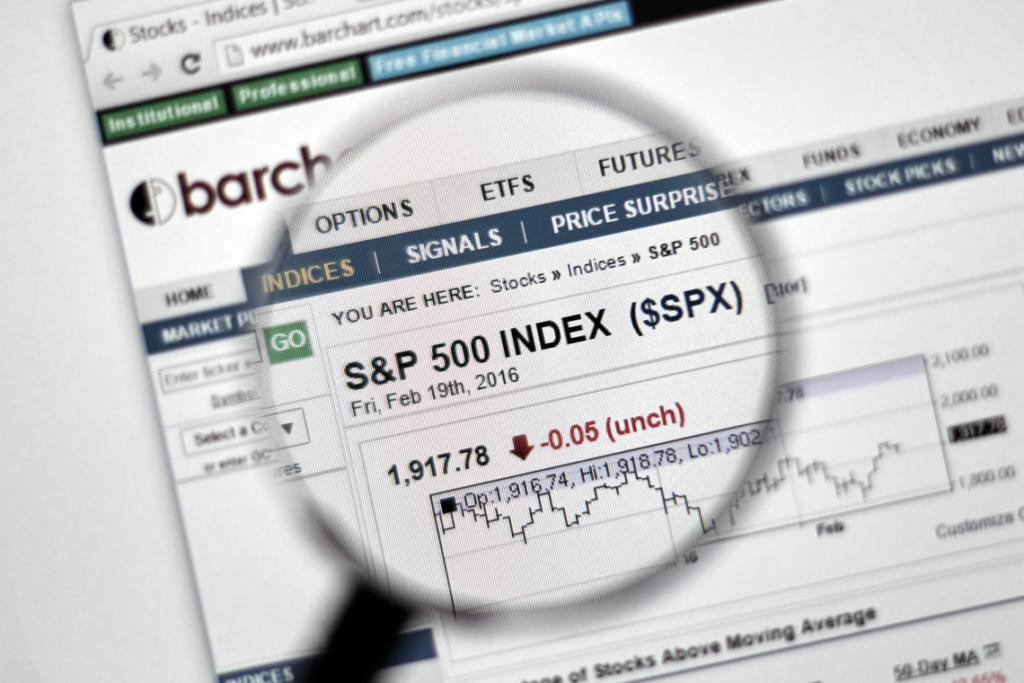On Tuesday, Dec 4, the Standard & Poor’s 500 Index suffered a substantial market crash — hemorrhaging an incredible amount of wealth in just a few hours of trading. While this is by no means an isolated occurrence, the response or lack thereof to this significant market event is noteworthy to existing or prospective crypto investors because it illustrates the power of perception to shape many aspects of market reality.
At a time when the cryptocurrency market is experiencing something of a meltdown, shrinking from a market cap of $300 billion+ to just over $100 billion in a couple of months, much has been made of the volatility of crypto assets.
Some have questioned the basic underlying value of cryptocurrency, inferring that this asset class may, in fact, be nothing but a bubble in the process of bursting, judging by the seemingly never-ending spate of red candles recently.
What does a market crash in a parallel and largely unrelated conventional market have to teach us about crypto investment?

$755 billion is a lot of money
The S&P 500 lost a lot of money on Dec 4 —0a About $755 billion, to be exact. To put that in perspective, this means that the S&P 500 lost more in a few hours than the entire crypto market has lost in 2018. That figure is also nearly seven times the size of the entire current market cap for cryptocurrency. $755 billion is also roughly equal to 3.89 percent of US annual GDP and nearly $100 billion more than the annual GDP of Switzerland. $755 billion is approximately 45.75 percent of the combined annual GDP of sub-Saharan Africa… You get the picture. [bctt tweet=”The S&P 500 lost more in a few hours than the entire crypto market has lost in 2018.” username=”beincrypto”] Basically, that is an obscene amount of money to lose in just a few hours. However, the lack of reaction to this momentous event in comparison to the wall-to-wall coverage given to the crypto market’s year-long bear run is very instructive to note. While crypto is regularly savaged for being the Michael Phelps of unstable and volatile assets, public equity investments that regularly lose infinitely more money and occasionally display greater volatility barely get a mention. Morgan Creek Digital Assets founder Anthony Pompliano is one of a few dissenting voices who struggled to point this out recently.To many people, Pompliano’s line of reasoning may sound counterintuitive because, according to received wisdom, the multitrillion-dollar size of equity markets means that the loss of a sum equivalent to half of Africa’s annual GDP in just one day can easily be absorbed. This is, after all, where the big banks and hedge funds come to play — and what’re three-quarters of a trillion dollars between friends?The S&P 500 lost almost $755 BILLION today.
— Pomp 🌪 (@APompliano) December 4, 2018
That is more money lost in a single day for public equity investors than all crypto investors combined this year.
The math don’t lie! 🤷🏽♂️
Crypto markets in comparison, have exponentially lower capitalization, which means that crypto prices are affected more profoundly when $20 billion is wiped off the crypto market cap than equity prices when $100 billion goes up in smoke. While this is correct to an extent, it fails to account for one significant detail…In other news, more water evaporated from the ocean in the last 30 seconds than your shower in the last decade
— Matt Levinson (@MattLevinson) December 5, 2018
Losses are absolute, not proportional
Regardless of how highly capitalized a market is, a loss is still a loss. The fact that the S&P 500 can lose the total value of Sweden and a couple of Luxembourgs in a matter of hours and not go into a full-on firesale does not mean that the investors did not still get burned for the sum of $755 billion. For a retail investor in particular, a loss is a loss, whether it takes place in the crypto market or in a conventional market. This is a particularly important point to make because according to a Wells Fargo/Gallup poll published in July, only two percent of US investors currently own bitcoin, with a full 72 percent of surveyed investors indicating that they have “no interest” in ever buying bitcoin. In other words, the overwhelming majority of U.S. retail investors are still engaged exclusively with conventional markets and are used to the experience of losing huge sums of value in a short period of time. That experience is by no means new or unique to cryptocurrency. The point to be picked out from the S&P 500 Dec 4 incident is that in all types of trading and investment, losses happen. Cryptocurrencies and blockchain technology have demonstrated real utility that gives them value. The mechanism for pricing their value is clearly still finding its range, but that does not mean that the cryptocurrency asset class is a ‘bubble’ any more than the assets traded on the S&P 500 can be filed under ‘bubble.’ The other point to be picked out is that it is important to retain some perspective about the performance of crypto assets which has been generally recognized as abysmal for the most part in 2018. It turns out that it is possible to lose vast amounts of money in a short time elsewhere, and no one sees it as an existential crisis for equity assets. There is a lesson in that. What do you think? Let us know in the comments below!
Top crypto projects in the US | April 2024
Trusted
Disclaimer
In adherence to the Trust Project guidelines, BeInCrypto is committed to unbiased, transparent reporting. This news article aims to provide accurate, timely information. However, readers are advised to verify facts independently and consult with a professional before making any decisions based on this content. Please note that our Terms and Conditions, Privacy Policy, and Disclaimers have been updated.

David Hundeyin
David is a journalist, writer and broadcaster whose work has appeared on CNN, The Africa Report, The New Yorker Magazine and The Washington Post. His work as a satirist on 'The Other News,' Nigeria's answer to The Daily Show has featured in the New Yorker Magazine and in the Netflix documentary 'Larry Charles' Dangerous World of Comedy.'
In 2018, he was nominated by the US State Department for the 2019 Edward Murrow program for journalists under the International Visitors Leadership...
David is a journalist, writer and broadcaster whose work has appeared on CNN, The Africa Report, The New Yorker Magazine and The Washington Post. His work as a satirist on 'The Other News,' Nigeria's answer to The Daily Show has featured in the New Yorker Magazine and in the Netflix documentary 'Larry Charles' Dangerous World of Comedy.'
In 2018, he was nominated by the US State Department for the 2019 Edward Murrow program for journalists under the International Visitors Leadership...
READ FULL BIO
Sponsored
Sponsored

